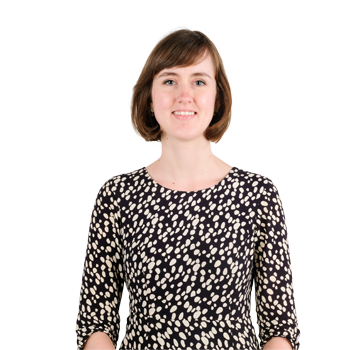Paleis Het Loo (Het Loo Palace) is the museum to learn about the fascinating history of the Dutch royal family. But even such a regal site must move with the times. The museum wants to use data science to be better able to predict visitor numbers. This will allow the museum in Apeldoorn to optimally gear its activities, people and resources planning to the number of expected visitors. CQM provided the palace with a robust forecasting model.
Paleis Het Loo is one of the Netherlands' most popular museums. Every year, over 350,000 people visit its exhibitions, special events and the beautiful gardens in and around the palace. Though visitor numbers have been nicely stable in recent years, the museum management would like more insight into the factors that influence these numbers.
“If we know these factors, then we can predict the number of visitors even better,” explains the museum director, Michel van Maarseveen. “This in turn helps us with important decisions, such as when we should plan certain exhibitions, in busy or quiet periods? What influence weather conditions have? Whether we should invest more to attract visitors, or can save on certain events? By being able to make well-founded predictions of visitor numbers, we can manage Palace Het Loo even more efficiently, make adjustments where necessary and better inform our Supervisory Board. It was clear to us this was something for which we needed external expertise. Our real estate advisors, Brink Management and Advice, suggested CQM. I thought, ‘If CQM can make predictive models for NS and ProRail, then they can certainly do the same for us.’”

Surgical precision
Pleuni Naus and Judith van Rijswick are forecasting experts at CQM. They looked first for the factors that influence the number of museum visitors. “We talked extensively with staff at Paleis Het Loo,” says Pleuni. “After all, they are experts when it comes to the daily processes within the museum, the various museum activities and the visitor numbers. From these conversations we derived the influence factors and their exact relationship with the number of visitors. Using, amongst other things, historical data, we then developed a forecasting model that can be used to prognose future visitor numbers.”
Michel was particularly impressed by the almost 'clinical' way in which CQM compiled the list of potential influencing factors. “This was done in collaboration with our experts with almost surgical precision. From which we have been able to conclusively determine the exact impact of each factor.”
New possibilities
Palace Het Loo then drew up a prognosis for the rest of that year, using CQM’s predictive model. This is the first phase, to see how the model works in practice. But the museum has now entered an interesting period: on 8 January 2018, Palace Het Loo closed the doors of the main building for a three-year renovation and underground extension. During this time, the gardens and stables will remain accessible and outdoor events continue as usual. From 2021, visitors will be welcome once again in the renovated palace building, with more space for exhibitions. At which point, the new forecasting model will be able to prove its worth.
Michel van Maarseveen is very confident. "We’ve already learnt a lot about the factors that influence our visitor numbers. We now know, for example, that in respect of the weather, only the temperature significantly affects visitor numbers. More specifically, under 280C the weather has no clear influence. Above that temperature, the daily visitor numbers drop by some 75 visitors per degree that the temperature rises. We also have insight into the effect of planning blockbuster exhibitions: exhibitions that can draw very high numbers of visitors. I’ll soon be sharing all these experiences with the museum community.”
The museum director sees other applications for CQM's prediction methodology: “With this approach, gut feelings and other interests play no role. It’s purely about the facts. So it would be very interesting to see, for example, whether it can in the future also be used for a question to which many museums would like the answer: which topics offer us the best chance of creating a blockbuster exhibition? Or, a little nearer in the future: how can I better plan my staff based on predicted visitor numbers? In short,” concludes Michel, “working with a high-quality forecasting model opens the door to countless new opportunities.”
The CQM approach
When developing prediction models, CQM’s forecasting experts usually follow these project phases:
- Interviews with client’s own experts
- Make inventory and collect data
- Analysis of data
- Development and validation of prediction methodology
- Present results and recommendations for follow-up
More insight into visitor flows?
Want more insight into your visitor flows? Or want to be able to predict other processes? Contact our forecasting expert, Pleuni Naus. She would be happy to help get you on the right track.


